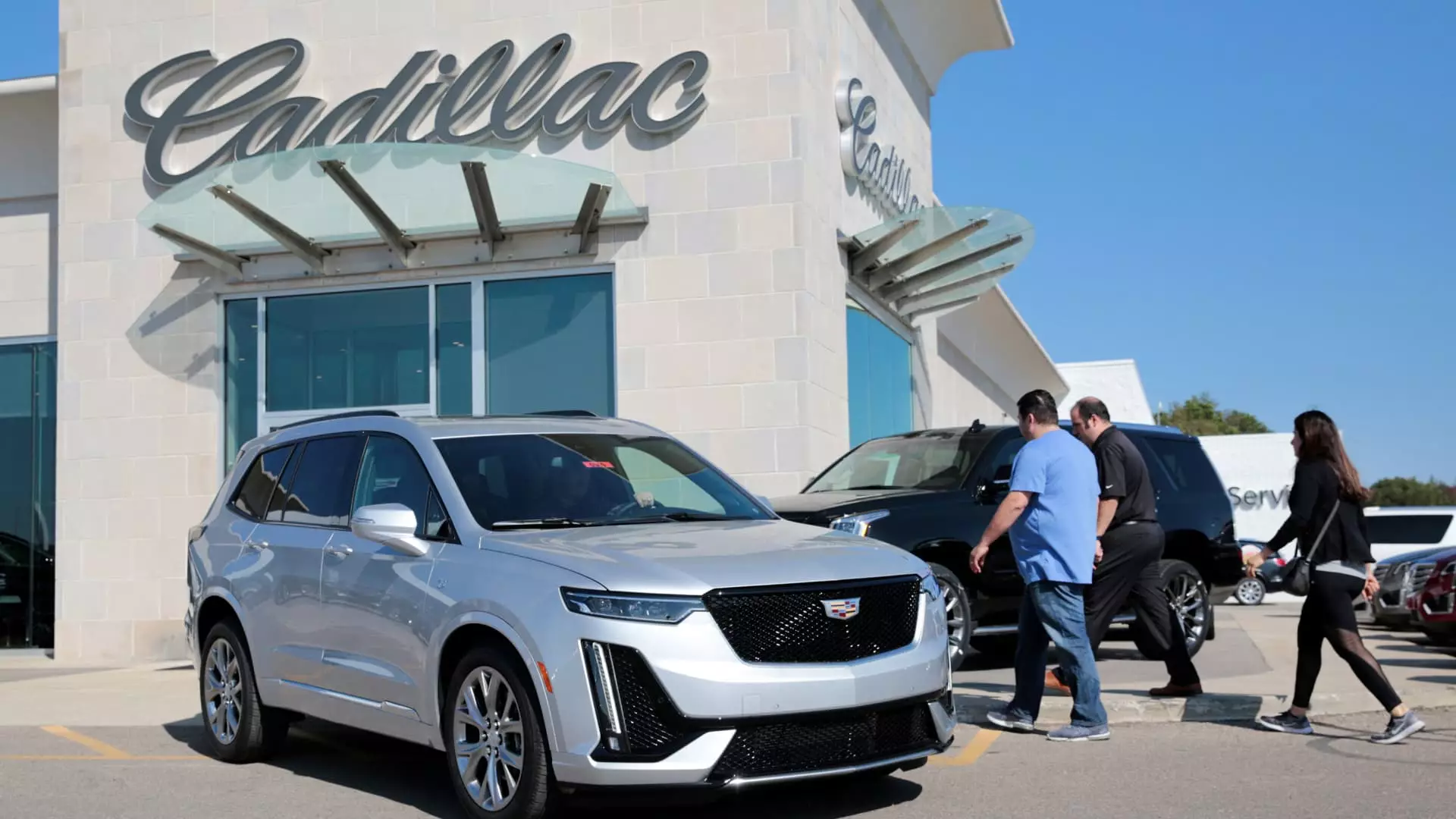In a bold pivot that embodies the evolving landscape of the automotive industry, General Motors (GM) has decided to end production of the XT6, a three-row gasoline crossover, at its Tennessee plant by year’s end. This decision not only reflects the company’s commitment to a greener future but also highlights a significant shift in consumer preferences that favors electric vehicles (EVs) over traditional combustion engines. While this move is undeniably a strategic response to market demands for more sustainable options, it raises questions about the future of gasoline vehicles in an era increasingly defined by a race towards electrification.
The XT6’s Lackluster Performance: A Cautionary Tale
The XT6, which has struggled since its launch in 2019, saw average annual sales of about 19,000 units—a figure that pales in comparison to its more popular counterparts like the Escalade and even the new Lyriq. Despite its initial promise, the XT6’s sales trajectory serves as a cautionary tale within GM’s broader strategic ambitions. The internal memo shedding light on the decision cites “strong customer demand” for the XT5, signaling that consumer loyalty still lies heavily with more favored models. However, the underlying reality for the XT6 reveals a challenging segment; it shares many components with the less expensive GMC Acadia, blurring distinctions that could potentially alienate buyers seeking exclusivity from a luxury brand like Cadillac.
A New Electric Horizon: Balancing Legacy with Innovation
By continuing production of the XT5 while discontinuing the XT6, GM seems to be striking a balance between maintaining a legacy and embracing innovation. The XT5’s success, coupled with the introduction of the Cadillac Lyriq— the brand’s first EV—indicates a gradual transition rather than a reckless abandonment of gasoline models. Interestingly, while Cadillac had once hoped to pivot entirely to electric vehicles by 2030, the company’s tempered expectations highlight a more pragmatic approach to market realities. It’s a reminder that the auto industry is not yet ready for a total EV takeover, despite the growing urgency for sustainability.
The Stakes for Workers and Communities
Beyond strategic business maneuvers, the potential layoffs and downtime at the Tennessee plant bring forth ethical concerns surrounding job security. As consumers embrace innovation, what does this mean for the workers who have dedicated their lives to traditional vehicle production? The impending adjustments to vehicle inventory and the impact on labor force stability lay bare the complexities of transitioning toward an electric future without leaving communities behind. This is not simply a business decision; it is a social responsibility that demands acknowledgment and thoughtful action.
The Broader Implications for the Auto Industry
Viewed through a broader lens, GM’s decisions signify the automotive industry’s grappling with its own identity. Traditional car manufacturing is on the brink of a seismic shift. As companies wrestle with the promises of electric vehicle technology, consumer preferences reflect more than just a desire for cleaner options; they echo a deeper sentiment toward innovative design and experience. While GM leads the charge for cleaner energy, the XT6’s demise serves as a red flag—one that signals the importance of understanding not only how to transition toward electrification but also how to do so while respecting the legacy that got us here in the first place. This balance is crucial. The market dynamics and social implications of these decisions need to be continually scrutinized, as the path forward will undoubtedly be rocky, layered, and complex.

